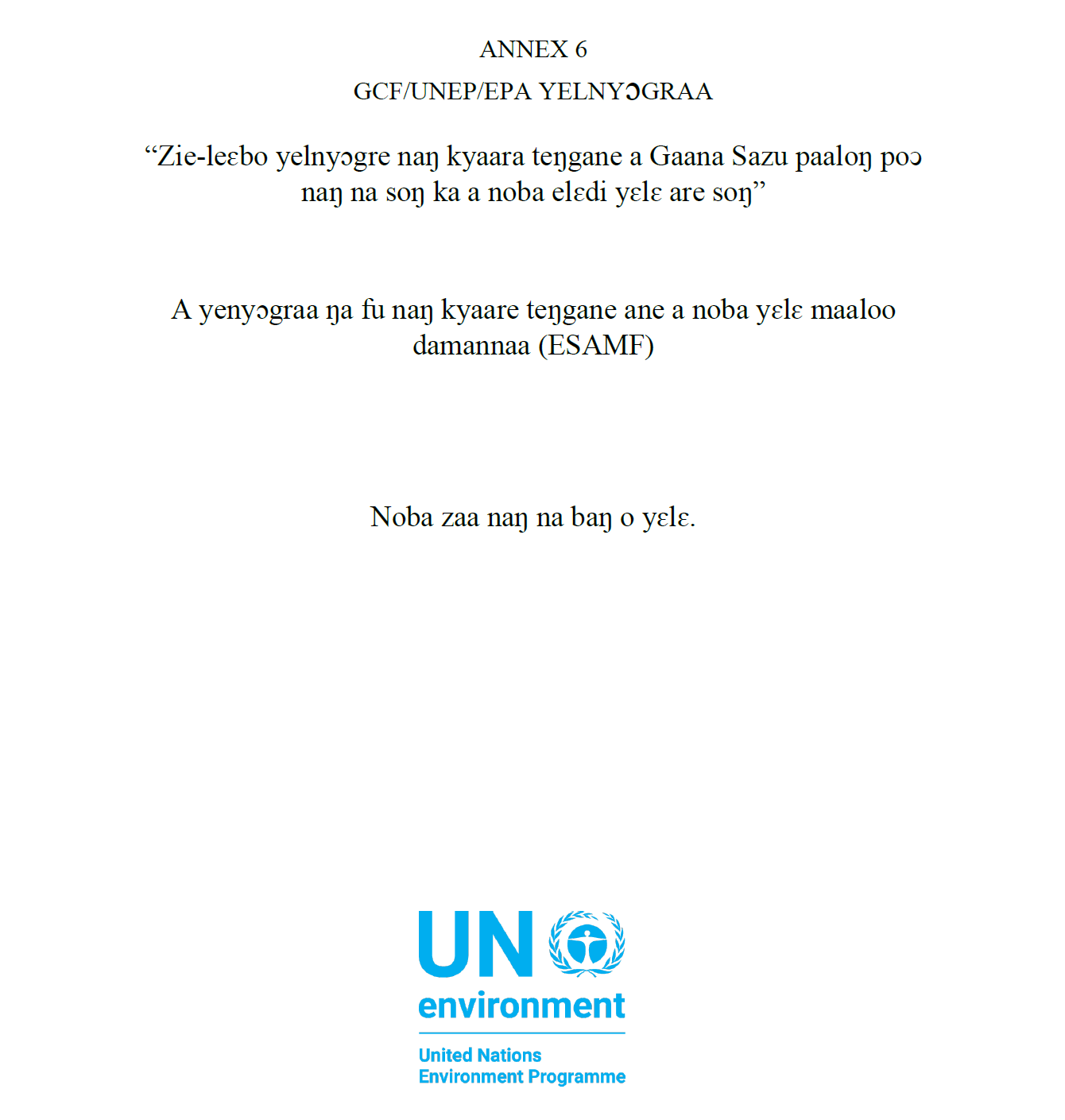LOCATION
The District lies within latitudes 5°.07’ to 5°.20’ north of the Equator and between longitudes 0°.44’ to 1°.11’ west of Greenwich meridian.
LAND AREA
Mfantseman district covers a total land area of approximately 612sq. km. (61,200ha).
ARABLE LAND
The available arable land for agriculture is about 280,000 Ha. This implies higher levels of production could be achieved for crops to meet both domestic and export market.
BOUNDARIES
The district is bounded to the East by Gomoa East and West, to the west by Abura-Asebu-Kwamankese district, South by Gulf of Guinea and North by Assin and Ajumako-Enyan-Essiam Districts.
The district capital is Saltpond. Other major communities include Mankessim, Essarkyir, Dominase, Anomabu, Kormantse, Abandze, Otuam, Narkwa and Yamoransa etc.
POPULATION
As at 2010, the total population is 211,916.
SOIL TYPE
The area is characterized by savannah ochrosols. Soils along river banks and irrigated sites are loose clay. Some areas possess silt deposits. Loose fertile silty loam is found further from the river.
VEGETATION TYPE
Two major vegetation types are found. On the upland is the coastal shrub while the flood plains are characterized with grasses growing to a height of about two meters. Temperature range between 24 to 28°C with relative humidity about 70%. The area experience bimodal type of rainfall. Annual total rainfall ranges between 100 – 120cm. dry periods (harmattan) are experienced from November to February.
TOPOGRPHY AND DRAINAGE SYSTEM
Land is undulating and about 60m above sea level. Major streams and rivers are Narkwa, Bruku, Ochi and Amisa. Flood plain areas lie below 60m above sea level.
AGRICULTURAL INVESTMENT POTENTIALS IN MFANTSEMAN
- Large tracks of land suitable for pineapple production on large scale
- Area also suitable for pepper, okro, egg-plant, cabbages, watermelon production etc.
- There is a dam at Baaifikrom in the district. This is suitable for irrigation development. Land area available is about 260 ha. Aquaculture is feasible in the dam. Ekotsi area is suitable for dam construction.
- Rice can also be cultivated in the dam catchment area.
- Area is also suitable for coconut production.
- Marine fishing is another major activity along the coast. Mainly canoe and motorized vessels do this. No major fish landing site is developed in the area. A fish market site is necessary in the district.
- Cottage industry to process pineapple, vegetables and or fish will be viable in the district. Raw materials to feed these industries could be easily produced with little effort and assistance to farmers and fishermen.
- There are busy markets nearby at mankessim and cape coast for produce to be sold.
- Establishment of agro-processing facilities for vegetables and pineapple is feasible.
10. Tourism related areas
v Wetlands for birds at Hinni
v Monkeys sanctuary at Otabanadze
v Hanging stone at Obosan – Abeadze Dominase
v The big hole at Kormantse
v Nkrumahs’ palm tree at Saltpond
v Lagoon bodies at Kormantse and Abandze
v Wild crocodiles at Baifikrom irrigation dam
v Baifikrom irrigation dam site suitable for recreational activities
v Good beaches available for development
MAJOR CROPS PRODUCED
- The major economic activity in the district is agriculture. Mixed crop farming, livestock and local poultry keeping in the backyard of houses is a common practice. Pineapple and some vegetable farmers do monocropping. Major food crops grown include;
- Root and tuber- cassava, plantain, banana, yam, cocoyam and taro
- Cereals mainly maize. Rice is done by a few numbers of people with total average of about 5 ha.
- Vegetables: District is noted for vegetable production in the Baifikrom dam catchments area. Okro, tomatoes, egg plants, pepper and cabbage are the main vegetables cultivated.
- Fruits- the major fruit grown include pineapple. The sugar loaf is the predominant variety of citrus and coconuts, oil palm are also grown. Cashew production is also being some few farmers.
MAJOR TREE CROPS
| CROP | AREA (HA) UNDER PRODUCTION | AVERAGE YIELD MT/HA | ANNUAL PRODUCTION (MT) |
| Oil palm
Citrus Copra |
450
102 106 |
25
15 |
11,625 |
| Pineapple
Cashew Watermelon Pawpaw |
278.46
320 80 60 |
7.32
22 20 28 |
2,038.33 |
MAJOR STAPLE CROPS
| CROP | AREA(HA) | AVERAGE YIELD MT/HA | ANNUAL PRODUCTION (MT) |
| Maize
cassava plantain |
6,945.40
6,835.36 297.36 |
1.95
4.89 3.70 |
13,543.53
33,424.91 1,100.23 |
LIVESTOCK PRODUCTION
Livestock: Major livestock include sheep, goats, pigs and a few cattle. Animals are kept in the backyard as supplement to family income. Commercial farms are virtually non existing except a dairy cattle rearing and milk processing centre at Wankam
Poultry: commercial poultry farmers are few. Most of the commercial poultry farmers have folded up because of high cost of feed and low returns on investment.
Non-traditional: Grasscutter and rabbit.
AGRICULTURAL CREDIT
Source: Formal – Ghana Commercial Bank, Mfantseman Community Bank, Agric Development Bank, EkumfiMan Rural Bank, 1st National Bank, Opportunity International Bank, Kakum Rural Bank, 1st Allied Savings and Loan Bank
Informal: Susu/Money Lenders
MAJOR MARKET – Mankessim
Market Days –All Days – Wednesdays and Saturdays are main market days
Smaller markets exist in most communities’ e.g. Essuehyia, Anomabu, Biriwa and Saltpond.
Facilities in the market include
– Stalls
– Car park
– Toilet
– Clinic nearby
– Banks
Water
Slaughter house
Cold stores nearby
COLLABORATING NGOS
- World Vision Ghana
- Plan Ghana
- SNV
- MOAP/GIZ
- Hunger Project


